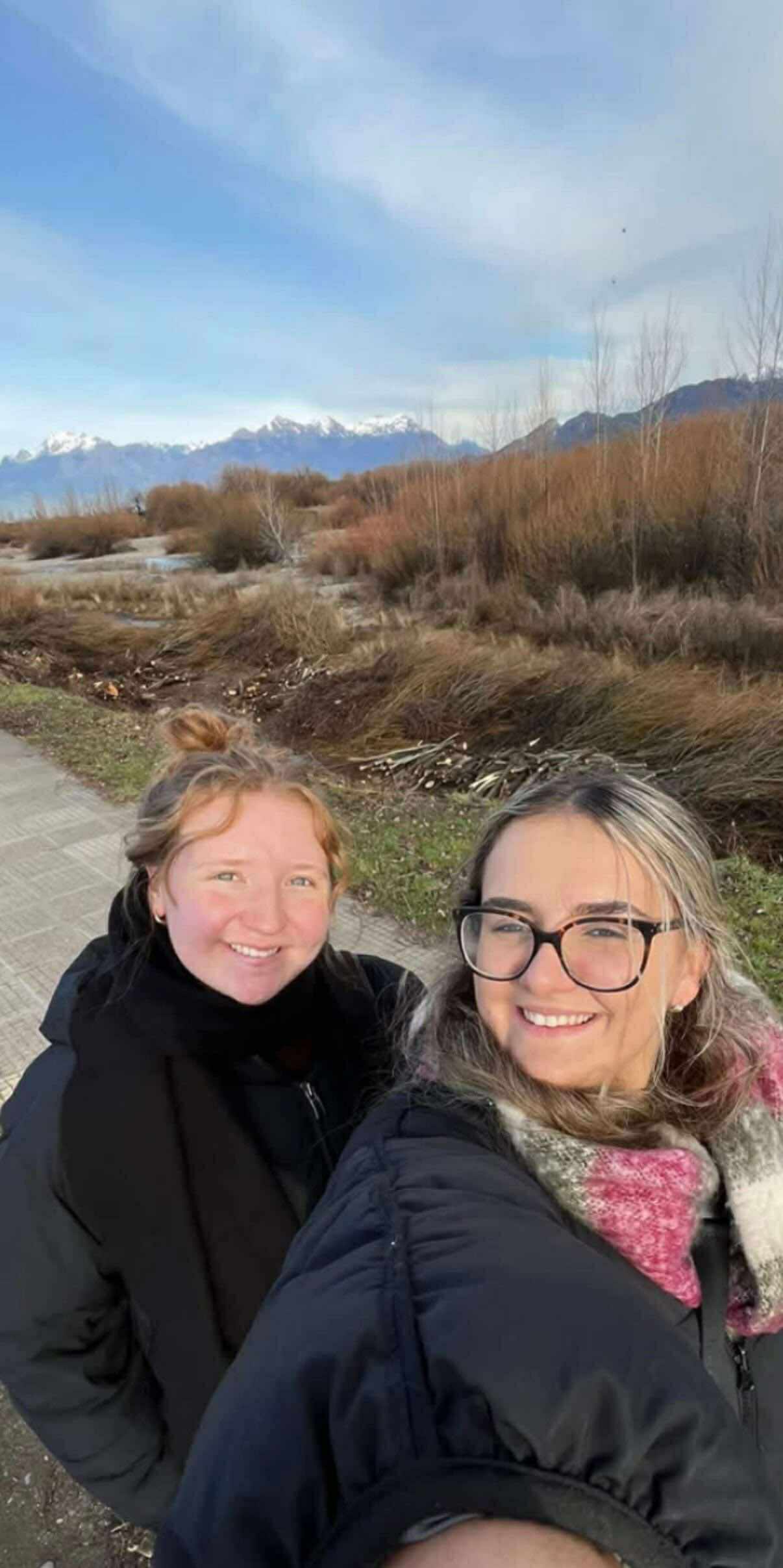 “You’ve met with a terrible fate haven’t you?” I have, and it’s never been better…
“You’ve met with a terrible fate haven’t you?” I have, and it’s never been better…
Round and round, the whirligig of time brings us back to the year 2000. People unboxed their new copies of The Legend of Zelda Majora’s Mask, expecting an enjoyable yet similar follow up to Ocarina of Time.┬á No one could have expected the strange new journey that lay within the humble plastic cartridge.┬á Serving as a sequel to Ocarina of Time, Link departs from Hyrule in search of his fairy companion Navi. Falling afoul of Skull Kid, an imp with a terrible mask, Link finds himself cursed and lost in the strange world of Termina. ┬áLooming above the world is the moon which the mischievous Skull Kid has set to fall in three days. Thus Link finds himself not only struggling to save the world from destruction, but also consoling its inhabitants in the face of certain death.
This is what Zelda fans experienced fifteen years ago, and since then Eiji Aonuma’s magnum-opus has established itself as one of the all-time master pieces of the video gaming medium. Fast forward to 2015 and Zelda fans old and new are given the chance to experience the dark magic of Majora’s Mask again on the 3DS. From the poisoned swamps of Woodfall to the dust and bones of Ikana Valley players will be unable to escape the sense of impending doom; the heartfelt melancholy of the characters remains endearingly moving.
Fifteen years on the game is better than ever. The visuals have improved considerably on the more powerful 3DS, allowing greater detail on character models and the environment.  This brings out the unique artistic style and dark atmosphere better than in the original, effectively immersing the player in the world. Gameplay wise many things have generally improved; the button layout of the 3DS allows accurate and smooth control of Link, a huge improvement over the unwieldy triple pronged N64 controller.
The item menus have been effectively simplified, allowing quick transitions between the mask and items screens (which proves very convenient in dungeons requiring various combinations of the two). The song of double time, allowing Link in the original to skip ahead half a day, had been improved now allowing the player to fast forward to any hour of the day. This proves invaluable when trying to tackle time sensitive side quests for the Bomber’s Notebook. The Bomber’s Notebook itself can be quickly accessed now, and also features several useful time keeping functions such as alarms for different side quests.
However it would be remiss not to highlight problems with the gameplay, some of which are retained from the original.  The biggest problem is the crippled swimming mechanic; it seems to be a trait of the 3-D Zelda titles that swimming must be more difficult than landing a plane in a storm. Trying to dive results in nauseating changes in the third person camera angles, and the
Inclusion of moving water currents in the Great Bay Temple is sadistic. The boss of the aforementioned temple, while difficult in the original, has been made more frustrating by a second stage battle: the fight takes place underwater and the frustration is compounded by randomly appearing explosives which are critical to beating the boss.
Yet all in all this does little to detract from the highly enjoyable experience that this game offers. Players old and new will rejoice in this return to Termina. The masterful storyline, intertwined with the visual symbolism and enjoyable gameplay, will take players on one of the most important journeys in video gaming history. Link’s darkest three days continue to serve as a testament to the artistic power of the gaming medium.
9/10
Simon Richards


